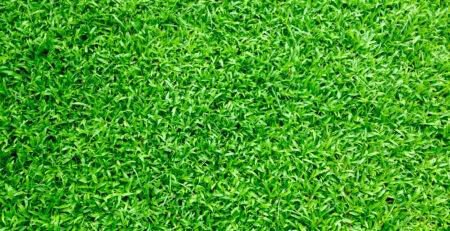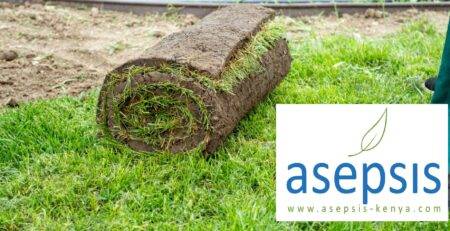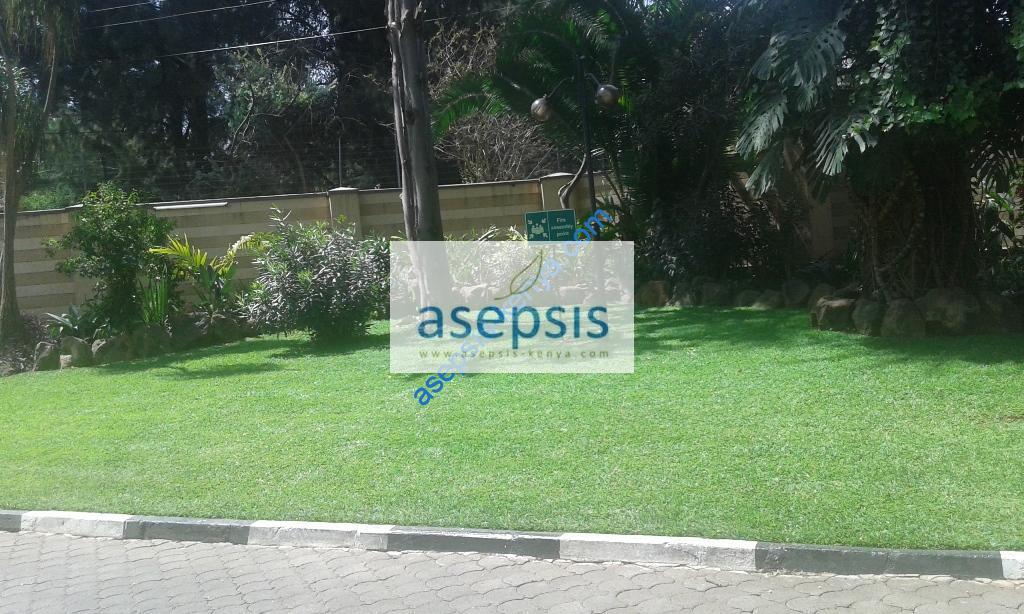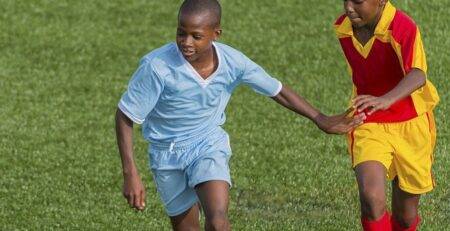Types of Lawn grass
Many types of lawn grasses are now available for a wide range of consumers. Lawn grasses can be used for the following purposes
As sports surfaces for soccer, rugby, tennis, hockey and athletics
To beautify yards in homes, industrial facilities, offices and other workplaces
In parks and recreational facilities
For weed control like in industrial yards
For aesthetic purposes like in balconies, roofs and open stair cases
For erosion control on slopes and embankments
How to select a lawn grass
Consider the following factors when selecting a grass to plant
Your location and climate
The level of shading in the proposed lawn
The soil type and condition (sand, loam, clay, water logged e.t.c)
The availability of water to sustain the lawn throughout the year
The purpose of the lawn grass such as sports pitch, wedding garden, front and back yard, erosion control, beauty, weed control and other purposes
When selecting a lawn grass the first consideration is location. location determines the temperature that your lawn will grow in. Some lawn grasses will grow better in high temperatures than others and vice versa. Secondly, determine the level of shading in the proposed lawn. Large and many trees can cast shadows under which only certain types of grasses will grow. It is important to note that the whole compound may not be shaded. In this case two or more varieties can be used. The type of soil is another important consideration. Some lawn grasses will grow well in sand or in water soaked conditions, some will perform poorly. Some lawn grass varieties will withstand human and vehicle traffic better than others. It is therefore important to consider the use of the lawn. To establish and sustain a good lawn, regular irrigation is important. Choose a lawn grass based on your ability to water the grass.
Before you place an order for grass, you will need to do the following
Determine the net area to be planted with lawn grass. This will make it easier for a supplier to give you a good estimate. Measure the area in square metres or in square feet. Do not include the area occupied by buildings, paths, paving and other hardscape.
Ensure that you have sufficient amount of water to sustain the grass in the first few weeks before establishment.
As much as possible, prepare the ground. This will save you costs if you did it yourself. This includes
Removing all the existing vegetation, roots and rocks such as only soft soil is left.
If soil is unsuitable, consider adding 6 inches or 150mm of red soil. Doing this yourself will save you mark-up costs by a landscaper
Level the soil and add manure. For every 5 parts of soil, add 2 parts or manure. for example if the red soil needed is 5 trucks, put 2 trucks or manure
Level the ground by raking it.
Having done this, you can make the order. Usually, the delivery and planting will be done the next day.
Which is the best grass to plant?
Please refer to the table below for a guide on the best kind of grass to plant.
| Type of grass | Drought and heat Tolerance | Shade Tolerance | Cold tolerance | Ability to out-compete weeds | Frequency of mowing | Best for |
|---|---|---|---|---|---|---|
| Arabic grass | Low | Medium | Medium | High | Low | Homes and offices |
| Kikuyu grass | Medium | Low | High | Low | High | Public amenities and roads |
| Carpet grass | High | Low | Low | High | Low | Homes and Offices |
| Buffalo grass | High | High | Low | High | Low | Homes and offices with lots of shade and in hot areas |
| Pemba grass | High | High | Low | High | Low | Homes and offices with lots of shade and in hot areas |
| Variegated Pemba grass | High | Low | Low | High | Low | Homes and offices |
| Sports pitch Bermuda grass | High | Low | Medium | High | Low | Sports pitches |
| Zimbabwe grass | Medium | High | Medium | High | High | Homes and offices with lots of shade |
| Paspalum | Low | Low | Low | High | High | Homes and offices |
| Maadi River | High | Low | Medium | High | Low | Homes and offices |
| Cape Royal | High | Low | Medium | High | Low | Homes and offices |
| Type of grass | Drought and heat Tolerance | Shade Tolerance | Cold tolerance | Ability to out-compete weeds | Frequency of mowing | Best for |
The table indicates suitability of the various lawn grasses based on colour and growing characteristics
I am text block. Click edit button to change this text. Lorem ipsum dolor sit amet, consectetur adipiscing elit. Ut elit tellus, luctus nec ullamcorper mattis, pulvinar dapibus leo.
| Type of grass | Best for |
|---|---|
| Tiff Sport grass | Fine leafed grass. Suitable for home and sports pitches. Drought and wear tolerant. |
| Tifton grass | Fine leafed grass. Suitable for sports pitches and public amenities. Extremely tolerant to drought and wear. |
| Zimbabwe grass | Great under trees and other shaded places in medium to high altitudes. It can also grow under full sun |
| Arabic grass | Small leafed, dark green creeping grass. Susceptible to browning and yellowing. Requires lots of water. Difficult to maintain. |
| Buffalo grass | Light green grass that can withstand shade especially in very hot areas. |
| Cape Royal | Greyish-blue grass that can form numerous seed heads when not mowed. It is a creeper. |
| Carpet grass | Low lying creeping grass that is dark green in colour. It can be used in water soaked areas and on soil with poor nutrition. |
| Kikuyu grass | Most common grass in Kenya. It is best for large scale projects like roads. It preforms poorly in warm areas |
| Maadi River | Greyish-blue creeping grass, It is an old variety in Kenya. |
| Paspalum | Poor establishment possibility, suffers in drought, cold and cannot compete effectively with weeds. |
| Pemba grass | Grows very well in very hot areas. |
| Variegated Pemba grass | It has white and green leaves. It grows very well in very hot areas. Its best use for beautification |











